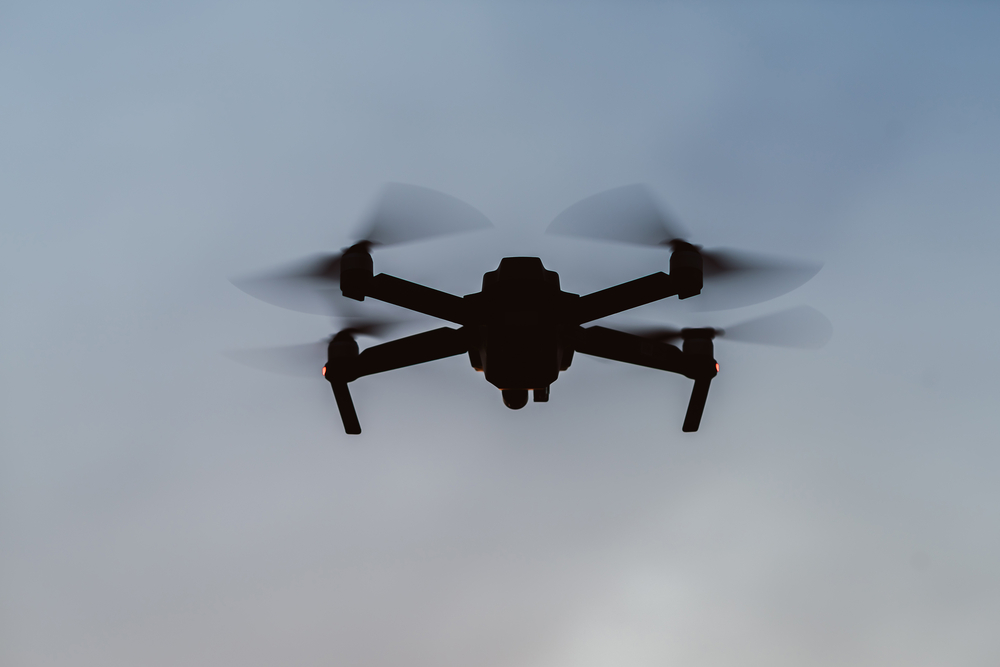
A cooperative agreement will join Bell Helicopter, Textron Systems, Xwing and the University of Massachusetts Amherst’s Center with NASA for a flight demonstration of unmanned aircraft systems in the National Airspace System (NAS).
The drone in question will utilize vertical take-off and landing (VTOL) orientation, with a capability to reach 100 miles per hour while carrying 70 lbs. Its use would be enhancing commercial operations wherever they might be found, such as in medical, law enforcement or offshore operations. They will install Bell’s Autonomous Pod Transport 70 (APT70) with an integrated Command and Control, as well as Detect and Avoid technologies.
“Bell is proud to continue the collaboration of new VTOL UAS technologies to drive a path toward UAS certification and commercialization,” Scott Drennan, Bell’s vice president of Innovation, said. “We believe the capabilities of our Autonomous Pod Transport, with the support from our team, will enable us to tackle key challenges facing commercial UAS operations today, leading to a successful demonstration.”
Bell is in charge of the bulk of efforts, from design to development, systems integration and production of the unit. Textron, however, will deal with the command and control operations, while Xwing provides the Detect and Avoid technology. The Amherst’s Center for Collaborative Adaptive Sensing of the Atmosphere (CASA) will focus on weather avoidance technology, integrating low-altitude weather information into drone operations.




